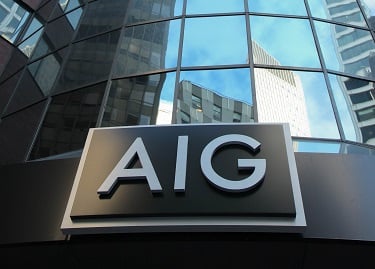

“We understand some of the frustrations people have.”
That was the message from AIG chief financial officer Sid Sankaran after the company announced its fourth quarter losses earlier this week.
During the period its net loss came in at $3.04 billion – surpassing many analysts’ expectations. Then the company suffered another blow when it was revealed that a hedge fund led by John Paulson, part of AIG’s board, had reduced its stake – prompting shares to plummet by 9%, its biggest single-day fall since 2011. Data compiled by Bloomberg shows that Paulson & Co reduced its holding to 4.8 million shares as of the end of December – having been as high as 11 million shares on March 31.
The company has now been unprofitable for four of the last six quarters. According to a Bloomberg report, AIG has announced a new target for normalised ROE at 9.5% in its core segment – compared to 10% a mere three months ago. During 2016 however, its figure was 7.8% - well short of the 9.3-9.7% it had targeted.
Speaking to the newswire Tom Gallagher, of Evercore Partners Inc., commented that the results “call into question the credibility of the turnaround plan.”
“The company has had significant management turnover over the last few years, and we wouldn’t be surprised if that trend continues following these results,” he noted.
So what’s next?
With its agreement in place with Berkshire Hathaway that sees an affiliate of Warren Buffett’s firm take on liabilities and assets, Sankaran outlined that AIG’s risk will be limited should claims costs get worse – and there could be as much as $2 billion in extra capital released “over time.”
In addition, the company appears to be shifting its business set up and placing less reliance on casualty coverage while expanding into areas such as cyber.
However, there will also be a great deal of emphasis placed on AM Best’s ratings.
The company has placed AIG’s rating on review. Should it affirm the existing A rating then shares could recover – however, a downgrade could see share buy backs slow down further as the company looks to conserve its capital.
Related stories:
